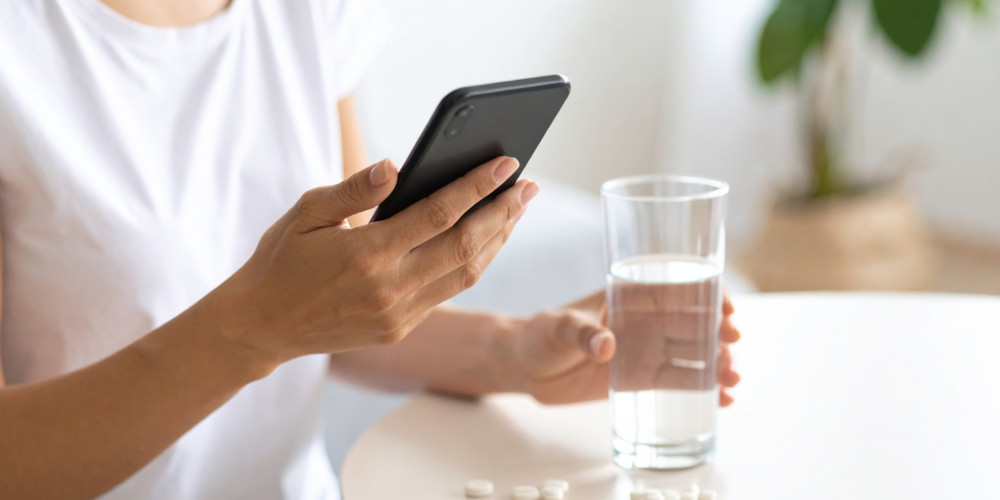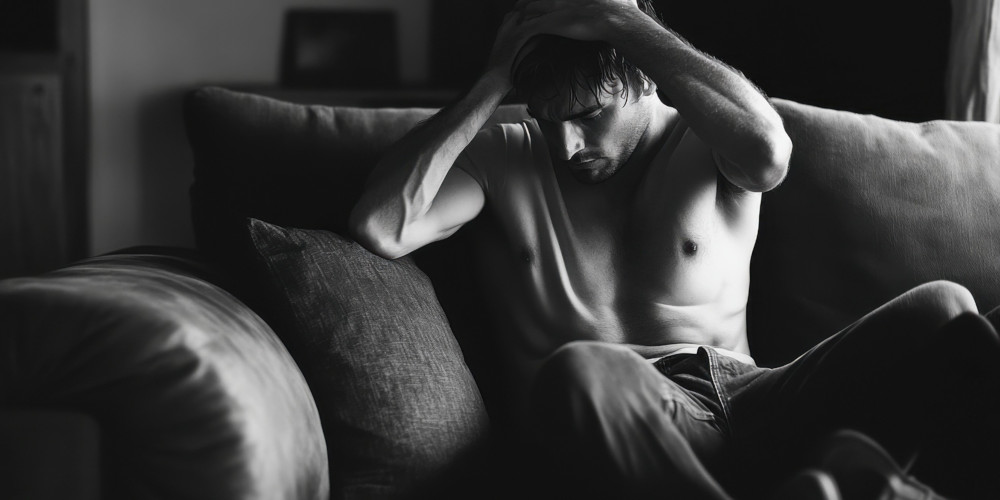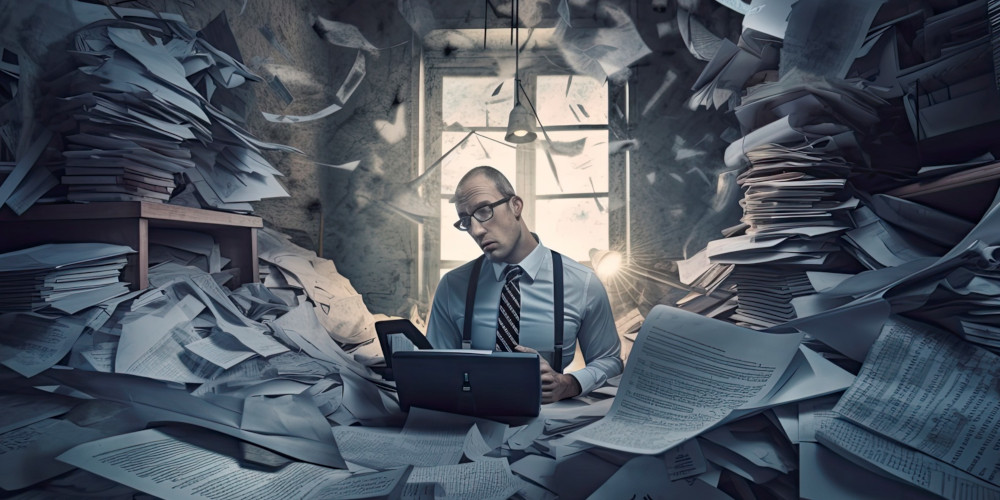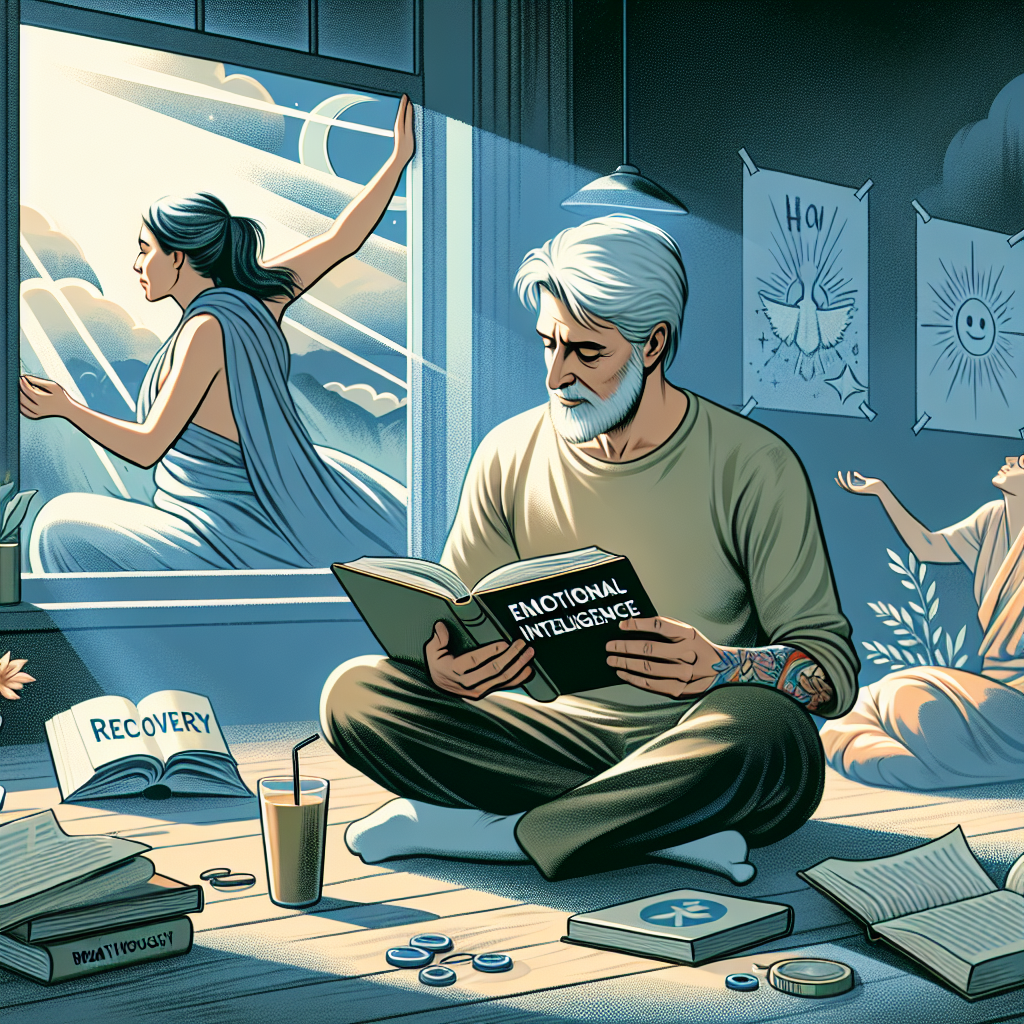We live in a world addicted to instant relief. A drink for the nerves. A pill for the pain. A swipe, a like, a dopamine hit that takes the edge off the day. We call it coping, but really, it’s borrowing. Borrowing comfort, confidence, calm. Borrowing happiness we haven’t earned yet.
The problem with borrowed bliss is simple, the interest rate is emotional. Every shortcut we take to avoid discomfort comes back with a cost. And by the time the bill arrives, in anxiety, shame, burnout, or emptiness, it’s already overdue. Addiction isn’t just about substances. It’s about the debt we keep running up trying to feel okay right now, instead of learning how to live with what’s real.
The Economy of Escape
Every addiction starts with a transaction, something for something. You give your brain a little bit of pain, and it gives you a moment of relief. You trade tomorrow for tonight. You borrow time, confidence, calm, and for a while, it feels worth it.
That’s what makes addiction so powerful. It’s not a craving for chaos, it’s a survival mechanism. It says, “You can’t afford to feel this right now, take the loan.” But every time you borrow relief, you also borrow numbness. You build emotional debt, a backlog of unprocessed feelings that eventually need to be repaid.
And feelings, like creditors, always collect.
The Modern Marketplace of Highs
You don’t have to use drugs to chase highs. Modern life sells them everywhere, in the form of convenience, speed, and validation. We scroll for belonging. We shop for identity. We overwork for approval. We binge-watch, binge-eat, binge-feel.
Everything is designed to give us micro-moments of pleasure with zero delay. But fast pleasure rarely means real peace. It’s like emotional credit, spend now, pay later. The dopamine rush feels free until you realise you’ve built a tolerance for comfort and can’t function without stimulation.
We’ve all become debtors in an invisible economy of escape.
The Emotional Math of Addiction
Here’s how it works:
- You use to escape pain. The brain rewards you with dopamine, relief.
- You keep using because the brain now believes the substance or behaviour is necessary for survival.
- You stop using, and dopamine drops. The absence of the high becomes pain.
So you chase the feeling again, not to get high, but to avoid the low. You’re no longer buying pleasure, you’re paying off withdrawal. That’s the emotional debt, not what the drug gives you, but what it takes away when it leaves.
The Lie of Instant Relief
Quick fixes promise efficiency, take this, do that, feel better now. But emotions aren’t problems to solve. They’re signals to listen to. When you numb anxiety, you mute its message. When you escape sadness, you skip the lesson it’s trying to teach. The lie is that pain can be bypassed. It can’t. It can only be postponed, and the longer you delay it, the heavier it gets.
Every moment you spend avoiding discomfort is another withdrawal from your emotional savings account. Eventually, you’re bankrupt. You don’t know how to feel anymore without mediation.
The Credit Card of the Soul
Think of addiction as an emotional credit card. It buys you comfort at a cost you don’t see immediately. At first, the payments are small, a hangover, a bad night’s sleep, a bit of guilt. But the interest compounds. Soon you’re paying with relationships, self-respect, time.
You start to live in overdraft. You borrow energy from tomorrow to get through today. You spend your peace like it’s limitless. But eventually, your internal bank stops lending. That’s when the crash comes, when the illusion of control dissolves and you realise how much you owe to the moments you tried to skip.
The Cost of Avoidance
Avoidance feels safe, but it’s expensive. Every emotion you avoid adds pressure. Every truth you don’t face grows interest. You can only outrun pain for so long before it starts collecting. It shows up as insomnia, anxiety, rage, apathy. You think you’re fine, until you’re not.
Avoidance doesn’t erase discomfort. It just moves it into storage. And storage always fills up. That’s when people relapse, lash out, break down. It’s not sudden weakness, it’s accumulated emotion finally demanding payment.
The Emotional Interest Rate Always Rises
Quick fixes are seductive because they work, for a while. But the more you rely on them, the more they take.The drink that once calmed you now makes you anxious. The social media validation that once soothed your loneliness now deepens it. The work that once gave you pride now just drains you.
Every shortcut eventually collapses under its own weight. You can’t outsource healing forever. The system breaks when the price of relief outweighs the relief itself. That’s when you realise, the fix stopped fixing a long time ago.
The Illusion of “Harmless” Coping
People love to rank addictions, as if wine is better than whiskey, or caffeine is nobler than cocaine. But all addictions share the same root, avoidance of pain and fear of stillness. “Harmless” is just marketing. Emotional dependency doesn’t need a chemical, it just needs a pattern.
You can be addicted to anything that keeps you from sitting with yourself, even positivity, productivity, or prayer. The more acceptable the addiction, the easier it is to deny.
The Moment the Bill Arrives
The emotional bill always comes due. Sometimes it’s physical, burnout, breakdown, illness. Sometimes it’s relational, the people you pushed away while chasing calm. Sometimes it’s existential, the realisation that you’ve been alive for years without actually living.
It arrives quietly, in the spaces between distractions. You wake up one morning and realise you’re not in pain anymore, you’re just empty. And emptiness is harder to heal than hurt.
The Recovery of Patience
The opposite of addiction isn’t sobriety, it’s patience.
Addiction says, “I can’t wait.” Recovery says, “I can.”
Healing begins when you stop trying to fast-forward through discomfort. When you learn to let a feeling stay without trying to fix it. When you start realising that not every emotion is a problem to be solved, some are just meant to be felt.
Patience rebuilds your emotional credit. Every time you choose to feel instead of flee, you deposit self-trust. Every time you sit through an urge without acting on it, you earn interest in peace.
That’s how you become solvent again.
The Hard Truth About Slow Healing
Slow healing feels unbearable in a culture built on speed. There’s no glamour in it, no big reveal. It’s repetitive, humbling, sometimes boring. You won’t get a dopamine rush from sitting with grief or loneliness. You won’t get applause for being quietly consistent.
But that’s the trade, long-term peace instead of short-term relief. Stability instead of stimulation. You stop borrowing. You start earning your peace the old-fashioned way, through honesty, time, and truth.
The Balance Sheet of the Soul
Look back on your life and ask, what have I borrowed, and what have I paid back?
How many apologies were interest on the debt of avoidance?
How many days were spent recovering from borrowed pleasure?
How many dreams got delayed because you kept buying comfort on credit?
Recovery isn’t just about quitting, it’s about reconciling. Balancing your emotional books. Accepting that every borrowed high came with a hidden cost, and paying it willingly, so you can finally stop living in deficit.
Real Bliss Doesn’t Need Borrowing
Real happiness doesn’t come in spikes. It’s quiet, consistent, earned through presence, not purchased through escape. It doesn’t depend on what you take, it depends on what you face.
When you stop borrowing bliss, you start building it, moment by moment, choice by choice, discomfort by discomfort. And for the first time, the peace you feel doesn’t disappear when the chemicals fade, the applause stops, or the screen goes dark.
Because this time, it’s not borrowed. It’s yours.



